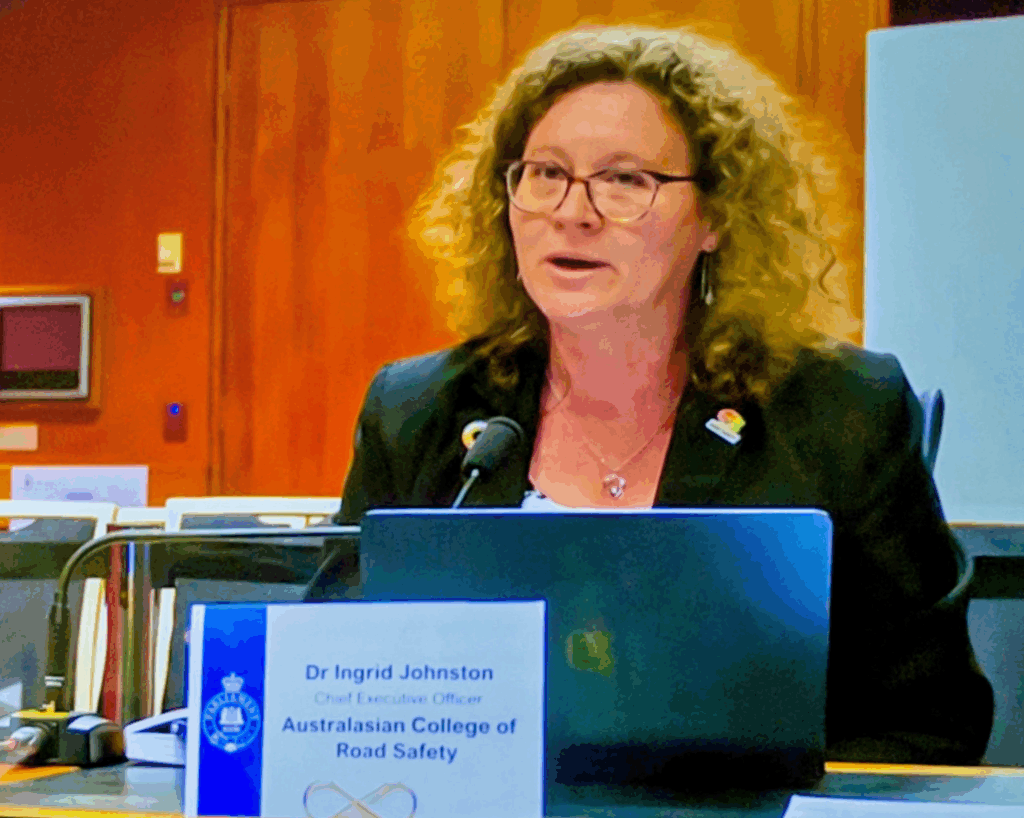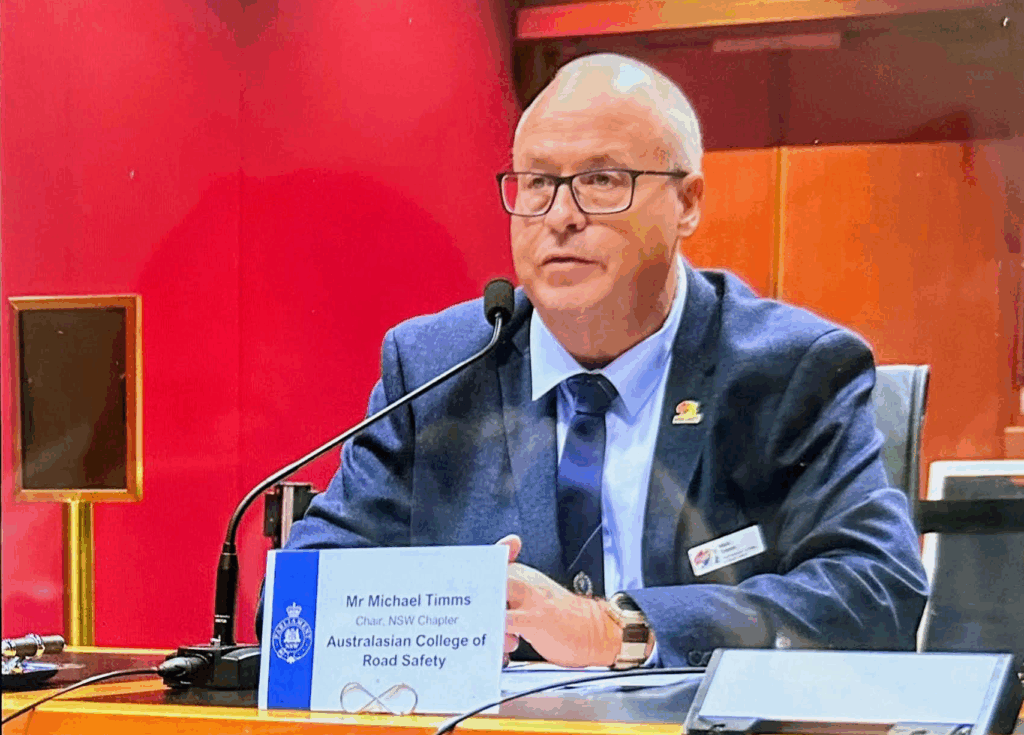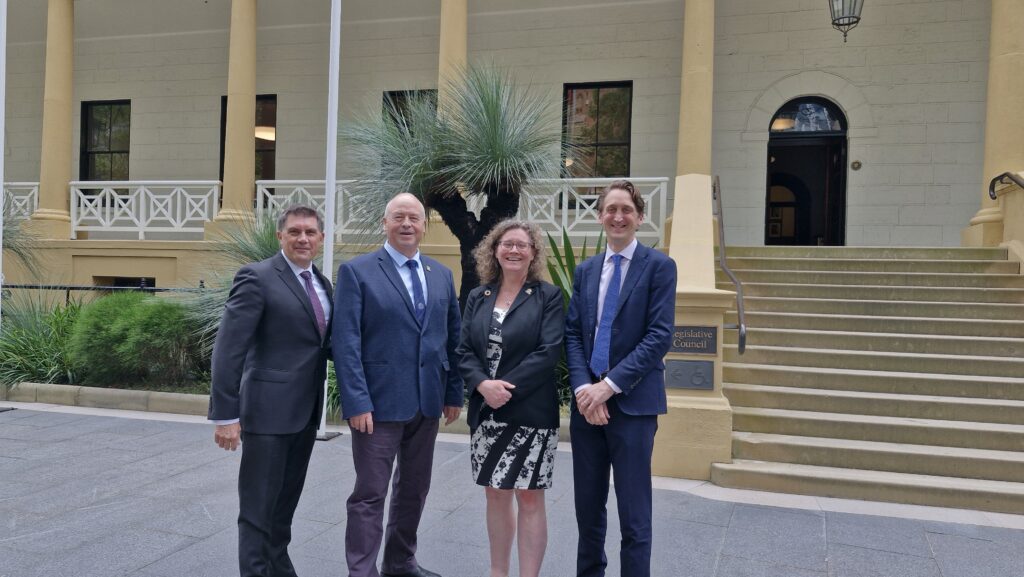Story by Michael Timms, ACRS NSW Chapter Chair
The Australasian College of Road Safety (ACRS) NSW Chapter Chair Mick Timms criticised the use of mobile speed camera warning signs, describing the state’s mobile speed camera program as “a glorified advertising campaign”.
Mr Timms made the comments on Monday 17 November when appearing, alongside ACRS CEO Dr Ingrid Johnston, before the NSW Joint Parliamentary Standing Committee on Road Safety (Staysafe) inquiry into Interventions to reduce road trauma in regional NSW caused by speeding, fatigue, drink and drug driving.
The ACRS submission on Interventions to Reduce Road Trauma in Regional NSW Caused by Speeding, Fatigue, Drink and Drug Driving contained open source data on penalty notices issued by the program, which fell dramatically since a government edict was issued requiring advance warning signage for mobile speed camera operations. Critically, the edict also outlawed the use of bi-directional enforcement.
The ACRS submission referred to modelling by the Monash University Accident Research Centre (MUARC) which estimated between 34 and 43 lives could be saved each year and around 600 serious injuries prevented in NSW through the removal of mobile speed camera warning signs.
“The accuracy of that modelling has been borne out in the increase in fatal and serious injury crashes since the reinstatement of warning signs,” the submission said.
Mobile speed cameras currently detect about one person per day for exceeding the speed limit in the over 30km/h or 45km/h bands, offences which carry automatic loss off licence. Prior to the reinstatement of warning signs, about five high speed drivers were being detected each day.
Whilst reiterating the ACRS opposition to the use of warning signs, Mr Timms said he wanted to offer the government “a third way”, where operations could be conducted in areas where a recent fatality or serious injury crash had occurred without warning signs.
Dr Johnston spoke about the general safety of regional roads, where run-off-road and head on crashes are the most common fatal crash types.
“On undivided roads throughout regional NSW, 100 km/h is pretty standard. We paint a line down the middle of the road and say – ‘be careful’.” Dr Johnston said.
“In what other areas of society is that risk assessment OK?”
In other NSW parliamentary news, the Legislative Council Committee for Transport and the Arts is presently holding two inquiries:
- 2025 Review of the Compulsory Third Party Insurance Scheme
- Structure and funding of the arts, music, night-time economy, and transport portfolios
The ACRS has made submissions to both inquiries and expects to be called to give evidence to hearings scheduled for mid-December.
Pictured below L to R: ACRS CEO, Dr Ingrid Johnston; ACRS NSW Chapter Chair Michael Timms; Russell White (Australian Road Safety Foundation), Michael Timms, Dr Ingrid Johnston, Michael Nieuwesteeg (Austroads). Photos by Michael Timms.


